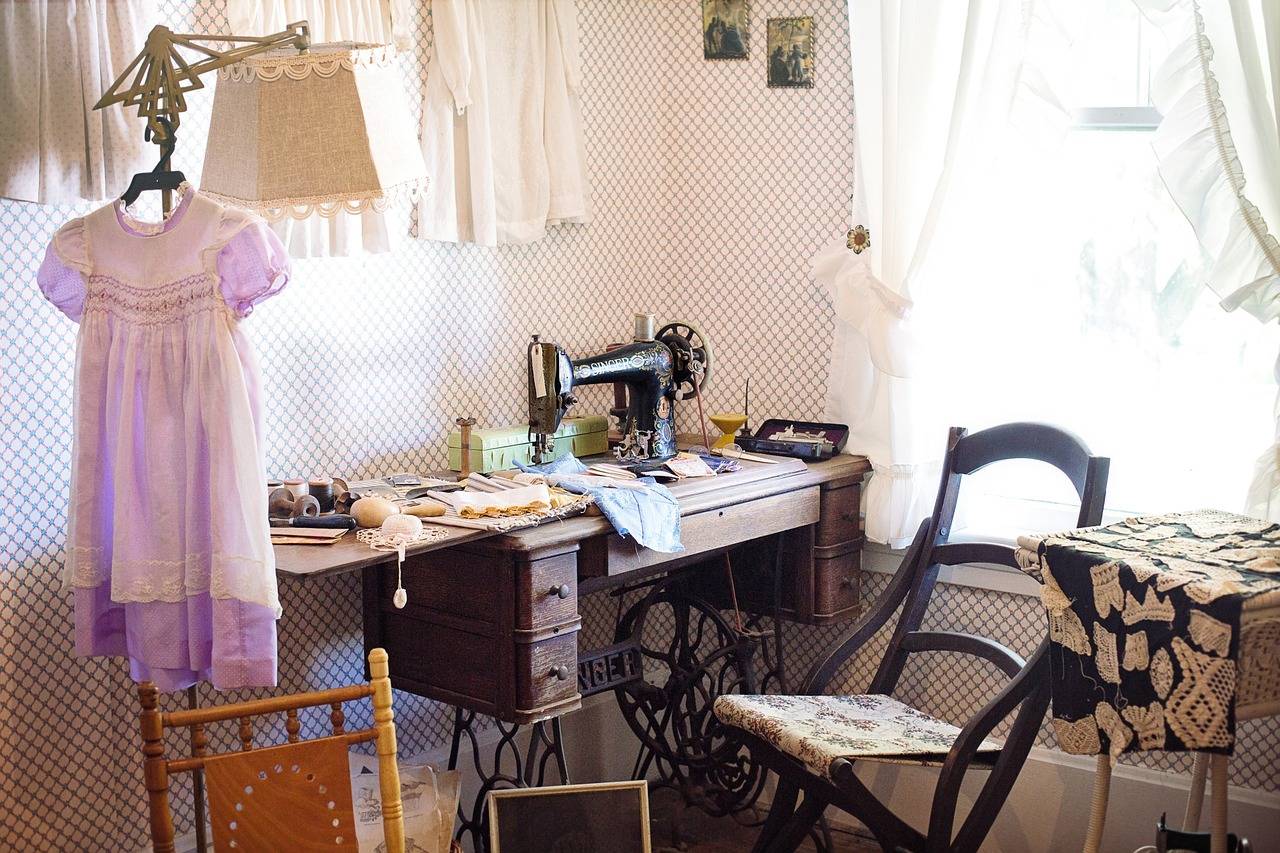The Psychology of Pattern Making: How Shapes and Lines Influence Perception: Betbhai9 whatsapp number, Radhe exchange register, My99 exch
betbhai9 whatsapp number, radhe exchange register, my99 exch: The Psychology of Pattern Making: How Shapes and Lines Influence Perception
Have you ever stopped to think about the impact that patterns have on our minds? The way shapes and lines are arranged can significantly influence how we perceive things around us. This article will delve into the psychology of pattern making and explore how these patterns shape our perceptions.
Patterns play a crucial role in the way we interpret the world. From the geometrical designs on our clothing to the arrangement of objects in a room, patterns can evoke certain feelings and emotions. Our brains are wired to recognize patterns and make sense of the world around us, so it’s no surprise that patterns have a profound impact on our perceptions.
When it comes to pattern making, the shapes and lines used can significantly influence how we perceive things. For example, a pattern with sharp, angular lines can create a sense of tension and energy, while a pattern with soft, curved lines can evoke feelings of calm and serenity. The size and spacing of shapes in a pattern can also influence our perceptions – a pattern with large, spaced-out shapes may feel more open and airy, while a pattern with small, clustered shapes may feel more closed off and chaotic.
Patterns can also influence the way we interpret objects and spaces. For example, a room with striped wallpaper may feel taller and more spacious, while a room with floral wallpaper may feel cozier and more intimate. The way patterns are arranged can create a sense of movement or harmony within a space, affecting how we interact with our environment.
In branding and design, patterns are often used to convey certain messages or evoke specific emotions. For example, a brand that uses bold, symmetrical patterns may convey a sense of strength and reliability, while a brand that uses playful, whimsical patterns may convey a sense of creativity and fun. The colors, shapes, and lines used in a pattern can all work together to create a cohesive message that resonates with consumers.
In conclusion, the psychology of pattern making is a fascinating field that explores how shapes and lines influence our perceptions. From the way patterns are arranged to the colors and shapes used, patterns play a crucial role in shaping the way we interpret the world around us. So next time you come across a pattern, take a moment to consider how it’s impacting your thoughts and emotions.
FAQs
Q: Can patterns impact our mood?
A: Yes, patterns can have a significant impact on our mood. Certain patterns can evoke feelings of calm, energy, or even nostalgia, depending on how they’re arranged and the shapes and lines used.
Q: How can I use patterns in my own design work?
A: Experiment with different shapes, colors, and arrangements to create patterns that convey the message or emotions you want to evoke. Patterns can be a powerful tool in design, so don’t be afraid to get creative!
Q: Are there any patterns that universally evoke certain emotions?
A: While certain patterns may be more commonly associated with specific emotions, the way we interpret patterns can be highly subjective. Experiment with different patterns to see how they impact your own perceptions and emotions.







